Composition:
Contains per ml solution:
Ketamine (as HCl)……………………………… 100 mg
Indications:
To be used to induce anaesthesia in combination with α2-agonists, benzodiazepines or
neuroleptics. Ketamine is a potent dissociative anaesthetic agent and induces a state of catalepsy
with amnesia and analgesia: muscle tone is maintained including the pharyngeal and laryngeal
reflexes. Heart rate, blood pressure and cardiac output are increased; respiratory depression is not
a noticeable feature. All these characteristics may be modified if the product is used in combination
with other agents.
Contraindications:
Hypersensitivity to ketamine, hypertension, severe cardiac, hepatic or renal impairment, head
trauma, seizure disorders, glaucoma or eye injuries.
Dosage and administration:
For parenteral administration (IM, IV). Note: all dosages are in mg per kg body weight.
Dogs …….in combination with xylazine: 6-10 mg ketamine with 1-2 mg xylazine per kg body weight
Cats ……..in combination with xylazine: 8-20 mg ketamine with 1-2 mg xylazine per kg body weight
Horses …in combination with xylazine: 2.2 mg ketamine with 1.1 mg xylazine per kg body weight
Cattle in combination with xylazine: 2-5 mg ketamine with 0.14-0.22 mg xylazine per kg body
weight, after sedation or premedication
Goats ……in combination with xylazine: 10 mg ketamine with 0.22 mg xylazine per kg body weight
Swine ….. in combination with azaperone: 15-20 mg ketamine with 2 mg azaperone per kg body
weight
For other combinations and dosages, and other animal species please consult a veterinary drug
handbook or other reliable pharmacotherapeutic source.
For a correct dosage, the body weight should be determined with accuracy.
Side effects:
Increased respiratory secretions, increased blood pressure, elevated heart rate, dose dependent
respiratory depression, vocalisation, erratic and prolonged recovery, spastic jerking movements
and muscle tremors. In rare instances, ketamine has been shown to induce seizures.
Please consult relevant package inserts for side effects of the drugs that may be used in
combination with ketamine.
Precautions and warnings:
Do not use as a mono-anaesthetic. Eyes of patient stay open, apply eye ointment to prevent
dehydration of the cornea. Sedated animals should remain under observation and segregated
without water and feed until normal. Avoid direct skin contact to prevent sensitisation
and contact dermatitis, wash off splashes from the skin and eyes immediately. This is
a potent drug; particular
June 2018
care should be taken to avoid accidental self-administration. In the event of accidental selfadministration, seek urgent medical attention and show this datasheet to the doctor. Do not drive!
Advice to doctor: Do not leave patient unattended. Maintain airways and give symptomatic and
supportive treatment.
Interactions:
Narcotics, barbiturates and diazepam may prolong the recovery time after ketamine anaesthesia.
Halothane prolongs the half-life of ketamine and inhibits the cardiac stimulatory effects.
Chloramphenicol may prolong the anaesthetic actions of ketamine. Neuromuscular blockers (e.g.
succinylcholine) may cause enhanced or prolonged respiratory depression.
Withdrawal times:
None.
Storage conditions:
Store below 25°C. Do not freeze.
Packing:
25 ml vials.
Ketamin 10% Inj
Contact us for price and more information

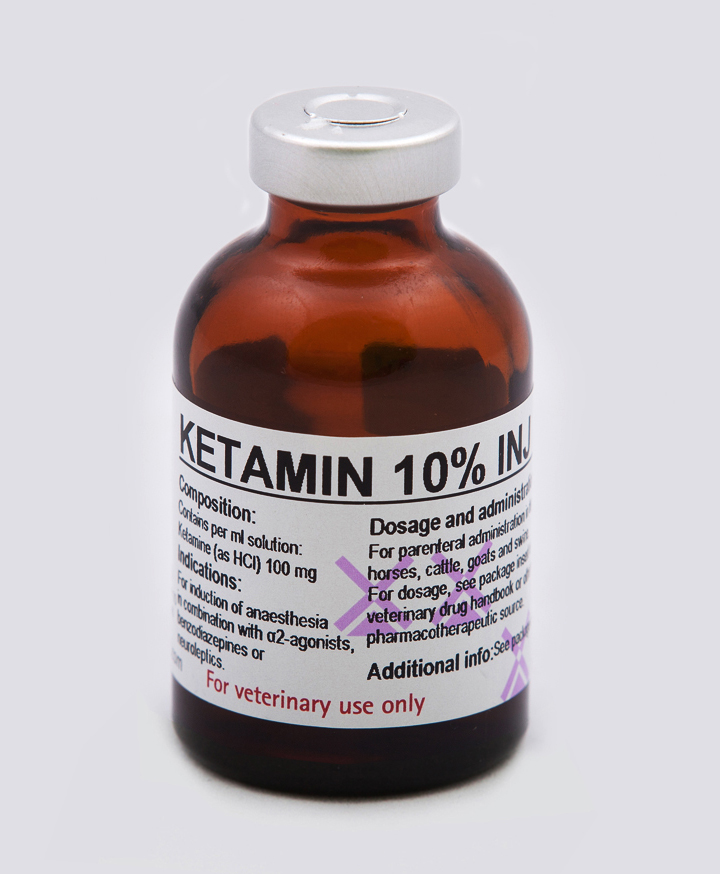
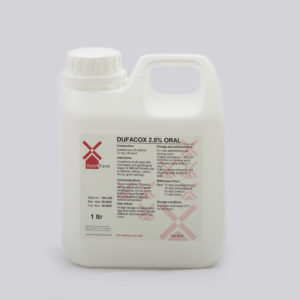
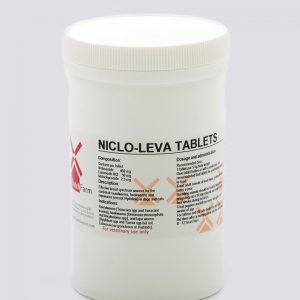
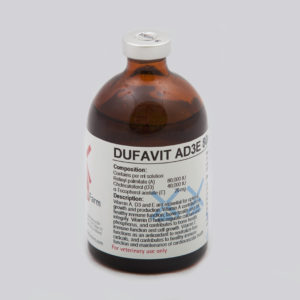
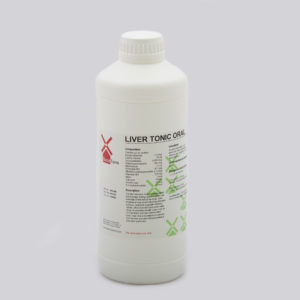
Reviews
There are no reviews yet.